Top speed 196 km/h Wingspan 16 m Unit cost 21,000–21,000 USD First flight July 15, 1940 | Range 451 km Length 10 m Engine type Lycoming R-680 | |
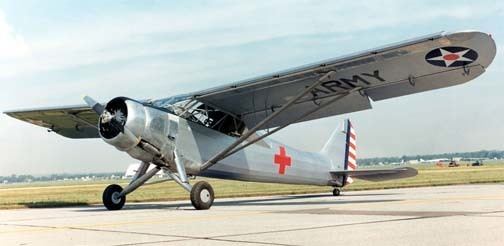 | ||
The Stinson L-1 Vigilant (company designation Model 74) was a 1940s American light observation aircraft built by the Stinson Aircraft Company at Wayne, Michigan (by November 1940 a division of Vultee Aircraft Corporation). The aircraft was operated by the United States Army Air Corps as the O-49 until 1942.
Contents
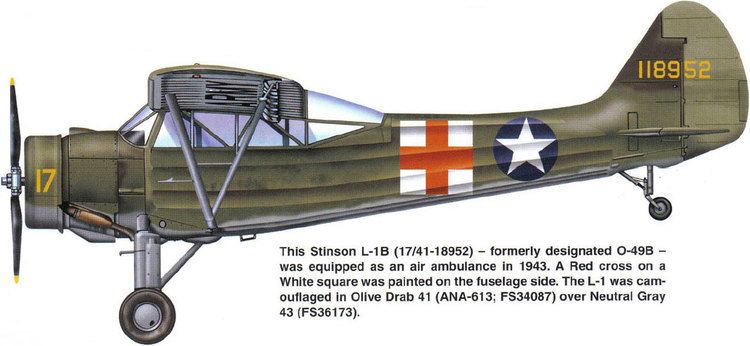
Design and development
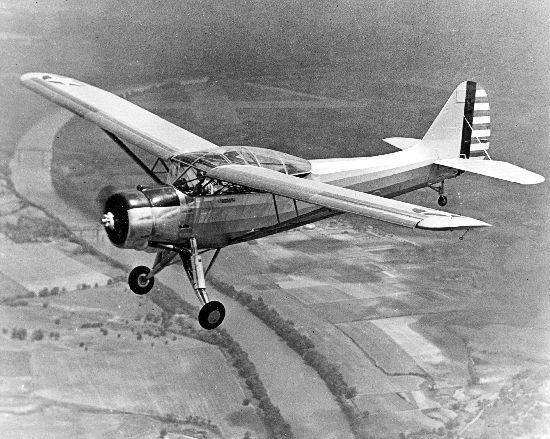
The Vigilant was designed in response to a 1938 United States Army Air Corps design competition for a two-seat light observation aircraft. When the German-manufactured Fieseler Storch was demonstrated at the Cleveland Air Races, the Air Corps revised its specifications in an attempt to match the performance of the Storch. Stinson (later a division of Vultee), won the $1.5 million contract over 11 competitors, including the Bellanca YO-50 and Ryan YO-51 Dragonfly.
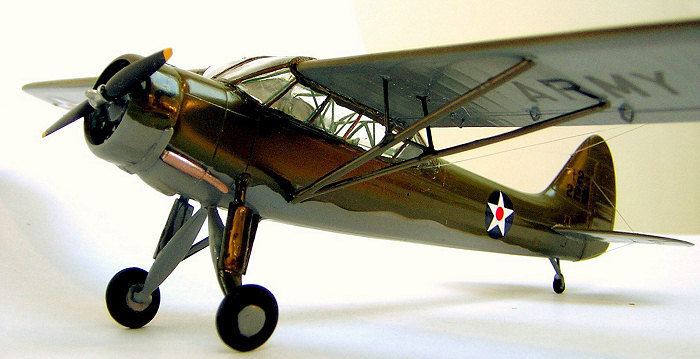
The Model 74 was a single radial engined high-wing monoplane with trailing-edge high-lift devices for low speed and high lift performance. The prototype aircraft was built full-span leading-edge automatic slots manufactured by Handley Page, and slotted flaps. The Model V-74 was given the Army designation YO-49 for evaluation, with the first flight by test pilot Al Schramm on 15 July 1940.
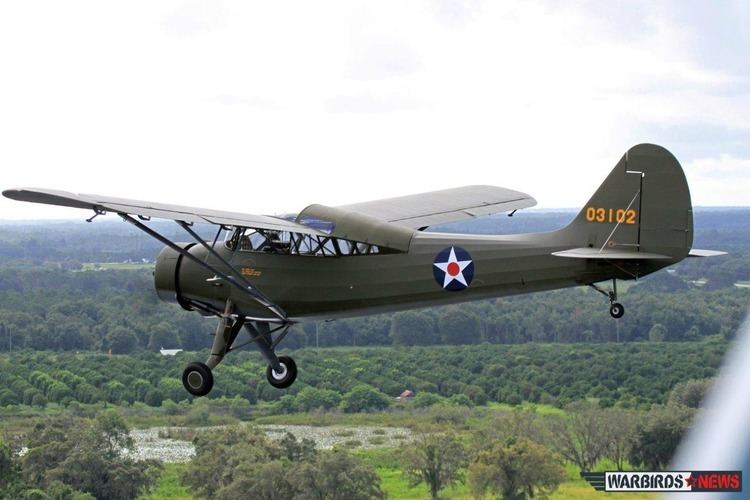
The aircraft was built of steel tubing and fabric, with the fuselage forward of the wing enclosed in sheet metal. Control surfaces and the empennage were fabric-covered stainless steel. The Lycoming power plant was hand-cranked inertia starting, and was fitted with a Hamilton Standard constant speed propeller. At least 12 ambulance conversions were fitted with Edo 49-4000 pontoons (4,000-pound displacement) for amphibious landings and takeoffs.
The Vigilant was capable of stopping in less than its own length, and could maintain stable flight at 31 miles per hour. Anecdotally, the Vigilant was said to be capable of backwards flight in a strong headwind.
Operational history
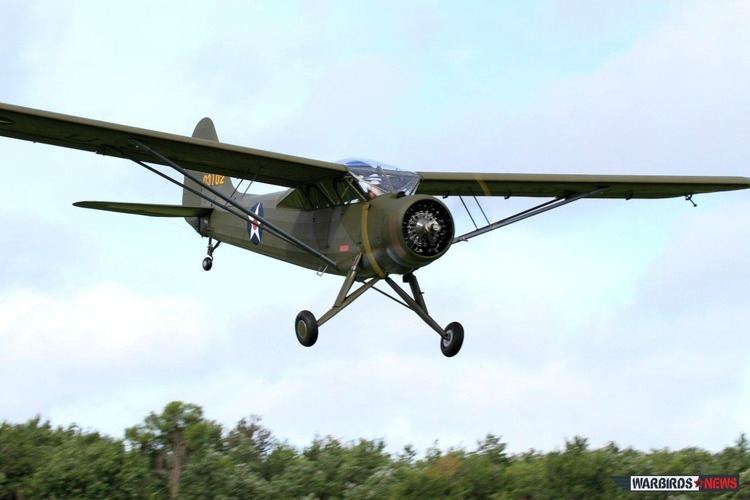
The Stinson Vigilant was used in diverse roles such as towing training gliders, artillery spotting, liaison, emergency rescue, transporting supplies and special espionage flights. Another contract was later awarded for the O-49A which had a slightly longer fuselage and other equipment changes. In April 1942 the aircraft were redesignated the L-1 and L-1A (liaison). Up to 17 L-1 and 96 L-1A aircraft were allocated to the British Royal Air Force under the Lend-Lease Act, with varying numbers given for aircraft actually delivered (see Variants, below). The RAF designated the aircraft the Vigilant Mk I and Vigilant Mk II respectively. General Harry Crerar, Commander of the First Canadian Army in Europe during World War II, maintained a Vigilant for his personal use.
Aircraft were modified for a variety of roles including as an ambulance aircraft. No further production orders were placed as the aircraft was superseded by procurement of vast numbers of the L-5 Sentinel and L-4 Grasshopper "puddle-jumper" aircraft.
A Vigilant was modified in 1943-44 for experiment in boundary layer control.
Variants
Operators
Survivors
Five examples of the Stinson L-1 Vigilant currently survive in museums in the United States.
Specifications (L-1A)
Data from American Warplanes of World War II
General characteristics
Performance
